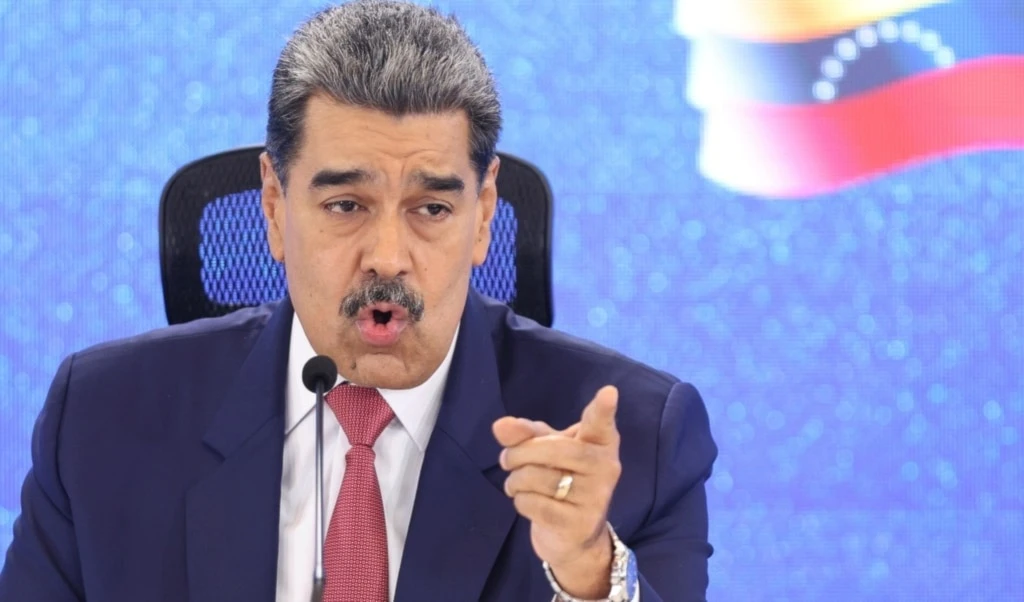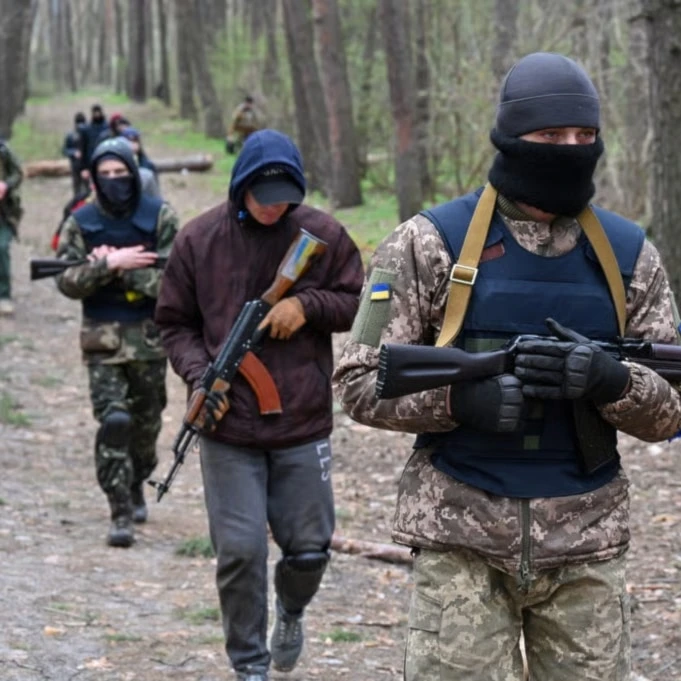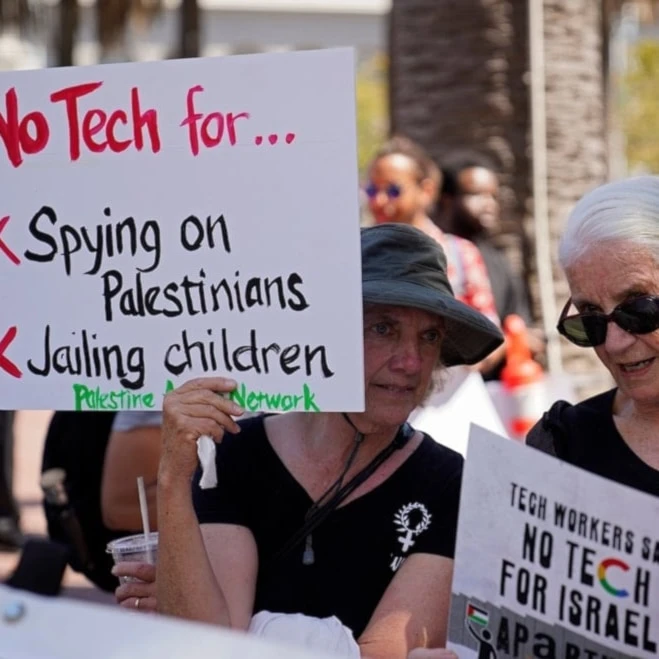Who was Mohammad Said Izadi, head of the Quds Force's Palestine Unit?
Brigadier General Mohammad Said Izadi, known as Hajj Ramazan, was a key figure in Iran's support for Palestinian resistance, who played a pivotal role in the Axis of Resistance's struggle against the Israeli occupation.
-

The commander of the Quds Force's Palestine Unit, Brigadier General Mohammad Said Izadi (Illustrated by Mahdi Rtail for Al Mayadeen English)
Regional Resistance movements, while not necessarily founded by Iran or the Islamic Revolution Guard Corps (IRGC), will have the IRGC to thank for becoming a force to be reckoned with, as it is one of the main catalysts of Resistance in the region, aiding in the rise and empowerment of the various movements who dare stand up in the face of Western imperialism, mainly Hezbollah, Ansar Allah, the al-Qassam Brigades, and the al-Quds Brigades.
The IRGC has not only supported the efforts of Resistance movements through armament and training, but also through shared expertise and the development of tactics best suited for the respective zone in which each movement engages.
The Palestine unit: A core item in Iran's support for Palestine
When it comes to Palestine, the IRGC has a special division dedicated to the central cause of the Islamic World, dubbed the Palestine Unit and part of the IRGC's elite Quds Force, the unit is tasked with managing the core missions of providing military, logistical, financial, and even political support for Palestinian Resistance movements. The Palestinian cause is central to the Islamic Revolution in Iran, and thus, the Palestine Unit is one of the most important and renowned subdivisions within the IRGC.
On paper, the Palestine Unit aids in providing guerrilla training to regional Resistance movements, as well as counterintelligence, intelligence gathering, and intelligence sharing techniques. It also supplies them with advanced weaponry and the means and techniques of manufacturing such weaponry, including missiles and rockets, while also supporting them through various media campaigns and the promotion of resistance against the Israeli occupation.
The Palestinian cause is not the task of merely liberating Palestine but liberating the entire region from the imperialist clutches of the United States and other foreign powers, seeing as the Israeli occupation serves as a proxy that peddles Western projects, which aim to sow discord, division, and war in not only the Levant but the wider region of Western Asia.
Hajj Ramadan was distinguished by his precise, field-based knowledge of the Palestinian reality. He even memorized the names of streets, camps, and mosques in Gaza, and was familiar with the nature and sensitivities of each area.
This deep understanding was not limited to the geographical dimension; rather, it encompassed a precise knowledge of the social, psychological, and political makeup of each resistance faction and community.
Because his presence was neither temporary nor seasonal, but extended over decades, he became an unspoken reference for many leaders, who would turn to him during periods of disagreement, when coordination was needed, or during the founding and preparation stages.
Brigadier General Mohammad Said Izadi: The architect of regional coordination
The Palestine Unit is usually headed by senior commanders in the Quds Force. Even before his assassination at the hands of the United States, the unit was headed by Brigadier General Mohammad Said Izadi, also known by his nom de guerre, Hajj Ramadan, who was martyred in the recent Israeli aggression on Iran. It is unclear when Izadi took over the corps, but Israeli intelligence assessments point that he was appointed as the unit's chief around 2014.
While the Quds Force announced Hajj Ramadan's martyrdom on Thursday, they did not disclose the location or time of his assassination. Though the Israeli occupation forces claimed they had targeted the senior commander on June 21 in an overnight airstrike in Qom.
Izadi, born in 1964, was among the most important masterminds in the Axis of Resistance. Little is known about him, as Iran is yet to publicize info about him, but as the chief architect of the IRGC’s strategic operations concerning Palestinian Resistance movements, Izadi was pivotal in coordinating Iran's support for Hamas, the Palestinian Islamic Jihad (PIJ), and other factions in Gaza.
Izadi was an Iranian national who reportedly lived in Lebanon. In his position, he was a key figure in fostering relations with terrorist organizations in the Gaza Strip and was known to have traveled there at least twice in recent years, using a fake Palestinian passport and entering via the Rafah border crossing from Egypt.
Izadi’s influence across the region: Lebanon, Syria, and the West Bank
Izadi’s influence within Palestinian Resistance circles extended far beyond coordination, as he was known for his close ties with the leadership of Islamic Jihad, especially with Akram al-Ajouri, a senior figure in the organization who was a target of assassination by the Israeli regime. He was also instrumental in fostering the relationship between Hamas and Islamic Jihad.
Not only did Izadi play a crucial role in supplying arms to Resistance movements in Lebanon, Syria, Iraq, Jordan, and the occupied Palestine's West Bank and Gaza Strip, but his operations formed the backbone of the Axis of Resistance. His expertise in intelligence coordination and operational strategy made him a critical figure in the regional project aimed at liberation. Izadi's role in uniting Resistance movements in a common cause against the Israeli regime made him a central figure in the Resistance against the colonial project as a whole.
In 2018, the Israeli regime released the first public image of Izadi, highlighting his significance as one of Iran's strongest operatives in Lebanon and his role in Iran's retaliatory actions against Israeli targets. His strategic involvement in the region mirrored that of other high-profile Resistance figures, such as Samir Kuntar and Imad Mughniyeh of Hezbollah. In 2015, Izadi was reported to have been the mastermind behind the launch of missiles from Syria into the Golan Heights, coordinating the operation with Islamic Jihad fighters in the region.
Izadi's influence also extended to the occupied West Bank, where he reportedly aided in carrying out operations against Israeli forces in the region in close coordination with Hamas' leadership, mainly martyr Saleh al-Arouri, wherein their close ties meant resistance movements in the area would have a constant flow of training and arms.
Earning a name among the most wanted for colonizers
All of the responsibilities bestowed upon him due to his senior post meant that he was highly pursued by Israeli and Western intelligence agencies alike. He was sanctioned by the Trump administration in 2019 over his operational activities alongside regional Resistance movements.
According to Israeli reports, which are not the most accurate but offer some insight into his contributions pending Iranian revelations about his life, October 7's Operation al-Aqsa Flood would not have happened without Hajj Ramadan. Israeli media claimed that he supervised the operation and provided training for it beforehand, as well as funds, weaponry, and equipment, transferred directly from Iran to Gaza without external aid.
All of his work for decades culminated in an operation that saw the Israeli occupation suffering several strategic defeats, with an Axis of Resistance that moved in unison in the face of the Israeli occupation and its malicious regional aspirations. His martyrdom marks the end of a highly important era of regional resistance against the Israeli occupation and the wider Western imperialist project that the latter aims to serve.
A funeral and memorial service is set to be held for Hajj Ramzan on Saturday, where he, alongside several other high ranking IRGC commanders, will be taken back to their hometowns to be laid to rest after spending decades serving the cause of regional liberation and supporting the Palestinian cause by all means, all of whom martyred during Operation True Promise 3 and the precursor Israeli aggression that prompted the retaliatory Iranian operation.
The departure of the silent commander
With the martyrdom of Mohammad Saeed Izadi (Hajj Ramadan), the Palestinian Resistance has lost one of its most distinguished leaders, a man who operated in the shadows with rare dedication and quiet resolve. His martyrdom has revealed the depth and centrality of the role he played for over three decades in building the Resistance’s capabilities, strengthening its political and military structure, and expanding its presence on the front lines.
Hajj Ramadan was not just an ordinary officer in the Quds Force; he was a cornerstone in shaping the strategic relationship between the Islamic Republic of Iran and the Palestinian Resistance. He was the architect of the most crucial phases in Iran's support for the resistance, whether through training, arming, or even developing the political and diplomatic performance of the factions.
Over the years, he established a path of cooperation within the Axis of Resistance, relying on a vast network of trust that was never eroded or questioned. While he remained out of the spotlight throughout his life, his assassination shed light on the magnitude of his influence and the critical nature of his position in the eyes of the Israeli enemy, which chose to target him deep inside Iranian territory, despite the high political and security costs.
Today, as he is laid to rest, it is not only Tehran that mourns him, but Palestine, which he loved and devoted his life to, mourns him as well. The Resistance factions grieve a partner, a mentor, and a silent guardian, a bridge during the darkest times.
The silent commander may have departed, but his legacy lives on, in the rockets fired from Gaza, in the children of martyrs whom he supported, and in the popular base he helped build to ensure the resistance remains strong and unbroken.

 9 Min Read
9 Min Read










